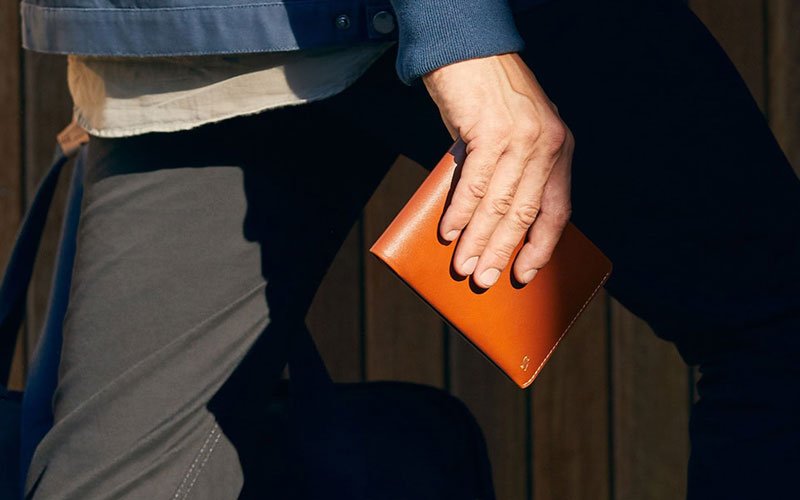The Best Shoes To Wear To Work
As style rules go, it’s as outdated as the ban on blue and black, or only wearing joggers in the gym, but when it comes to footwear styles, brown in town is apparently still frowned upon, even today.
Just last year, a study by the Social Mobility Commission found that investment banks were less likely to hire candidates from disadvantaged backgrounds who didn’t wear black shoes at interview. Not attending Oxford probably had more sway than donning the wrong Oxfords, but the report concluded that dress played a “material role” in the selection process as demonstration of “fit” (pun intended).
Even if your line of work is considerably less old school – or you managed to get a job at JP Morgan, which recently introduced a business-casual dress code – footwear remains an occupational hazard. Trainers might be more relaxed than Oxfords, but unwritten rules still apply. And whether it’s discriminatory or not, you’re going to be judged by your footwear. So follow our guide and get off on the right foot instead of putting one wrong.
Oxford Shoes
The definition of formal footwear, an Oxford shoe is standard issue for formal corporate offices. “An Oxford is defined by the ‘vamp’ or front of the shoe being stitched on top of the ‘quarter’ or back,” explains Tim Little, owner and creative director of heritage shoe firm Grenson. “This creates a telltale ‘V’ shape separating the eyelets.”
How To Wear Them
Whenever ceremony is stood on. “In the olden days, an Oxford would be worn in the City and nothing else would do,” says Little. “It’s still a shoe that looks better formal than casual.”
Plain-toe or whole-cut styles skew most formal as adding detail tends to subtract from a shoe’s smartness. But even with a cap toe or broguing, Oxfords pair best with suits or trousers; at a push, a tan pair of Oxford brogues might marry with chinos or denim, but their slenderness makes them uneasy bedfellows with less refined legwear.






















